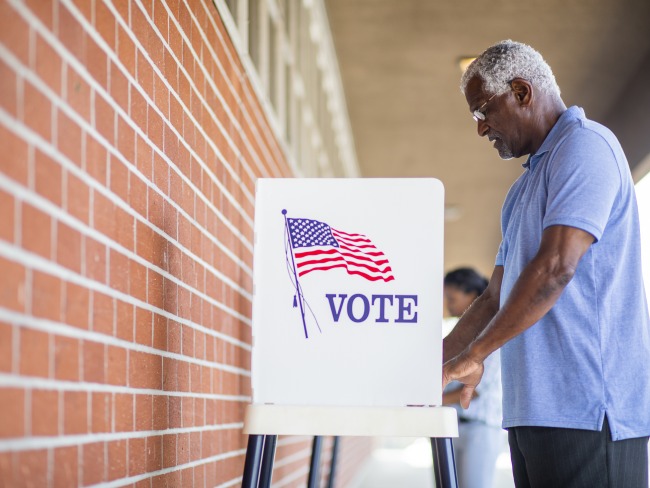Youth Justice Under the Coronavirus: Linking Public Health Protections with the Movement for Youth Decarceration
Despite almost two decades of declines in U.S. youth incarceration, The Sentencing Project revealed more than 1,800 incarcerated youth tested positive for COVID-19 between March and September 2020, including more than 300 cases in Florida and Texas.
Related to: Youth Justice, COVID-19
The novel coronavirus, COVID-19, has infected more than 1,800 incarcerated youth and more than 2,500 staff working in the detention centers, residential treatment facilities, and other settings that comprise the deep end of the juvenile justice system. More than six months after the first infections emerged, the emergency is not over.
According to data collected by The Sentencing Project, COVID-19 cases have been reported among incarcerated youth in 35 states, the District of Columbia and Puerto Rico. In five states, more than 100 incarcerated youth have tested positive. Four staff members working in juvenile facilities have died from the virus.
In congregate care settings, this contagious pathogen’s spread was inevitable. States and localities have taken steps to mitigate COVID-19’s impact, including releasing confined youth, curtailing admissions, limiting visitation and programming, and isolating youth in a manner that mimics solitary confinement. Given the persistent racial and ethnic disparities in juvenile justice, there is little doubt that youth of color are suffering disproportionately from the virus and the changes within facilities that it has brought.
This report summarizes lessons learned through the first months of the pandemic, focusing on system responses, both positive and negative, to slow the virus’s spread and to protect the safety and wellbeing of youth in the juvenile justice system while keeping the public informed. Drops in admissions during the pandemic, alongside decisions to release youth at a higher rate than during ordinary times, buttress the long-standing case that youth incarceration is largely unnecessary. Jurisdictions must limit the virus’s damage by further reducing the number of incarcerated youth.
Recommendations
Limit incarceration
- Limit admission to facilities to youth who pose an immediate and serious threat to their communities.
- Restrict the use of incarceration only to those youth who cannot be safely treated at home.
- Release post-adjudication youth who are near the end of their treatment.
- Do not move incarcerated youth between facilities.
- Smaller, less crowded facilities are less amenable to spreading COVID-19.
Conditions in facilities
- Ensure frequent communication between incarcerated youth and their families.
- Medical isolation should be supervised by medical personnel, not security personnel.
Testing and reporting
- Facilities should implement widespread testing among youth and staff to determine the spread of the virus.
- States should publish the number of tests with positive and negative results among youth and staff in all their facilities, whether managed by the state, its counties, or contract providers.
- The Office of Juvenile Justice and Delinquency Prevention (OJJDP) should publish data compiled by the states.
- States and OJJDP should publish current data on population counts in all facilities.
- States and OJJDP should publish current data on population counts by race and ethnicity.



